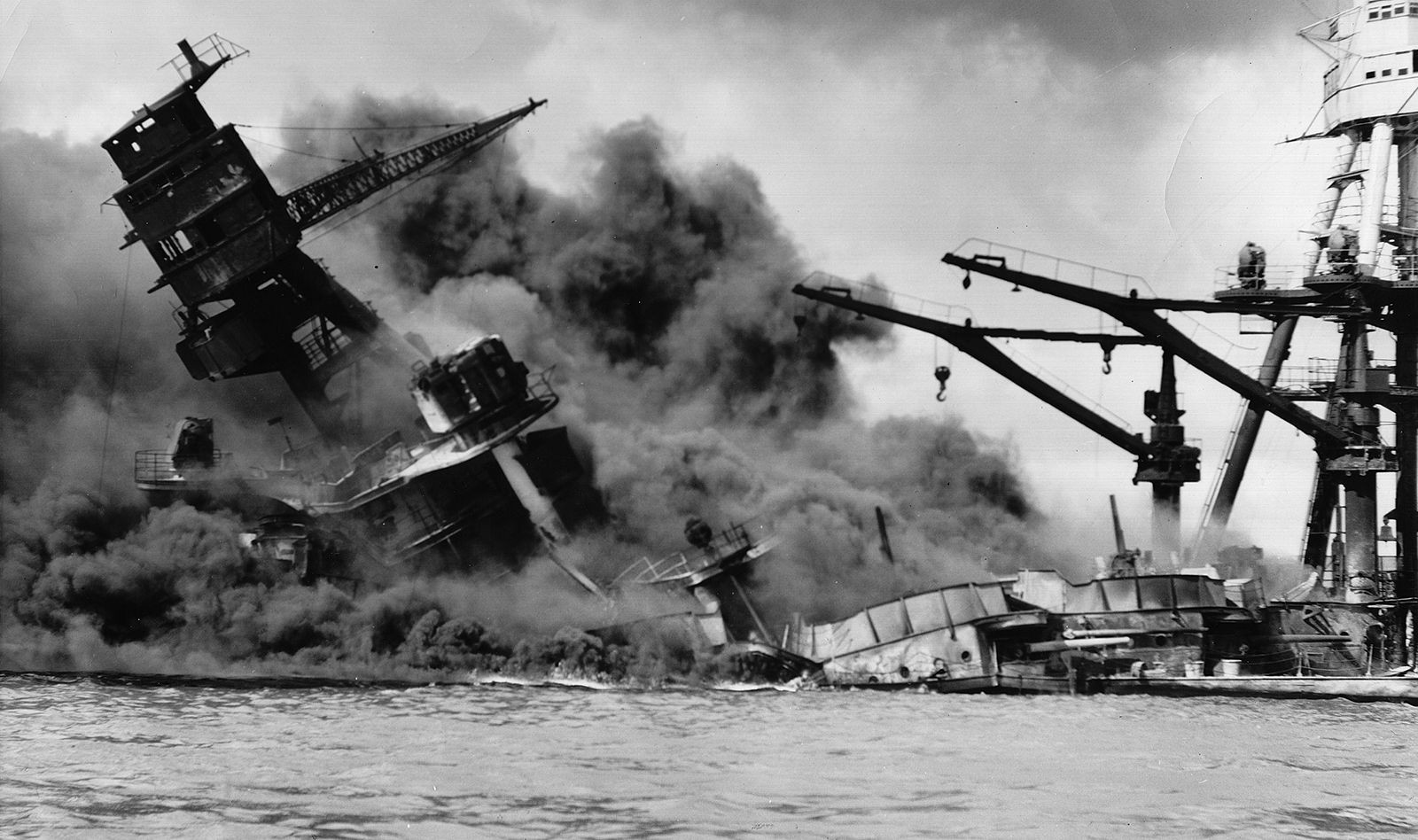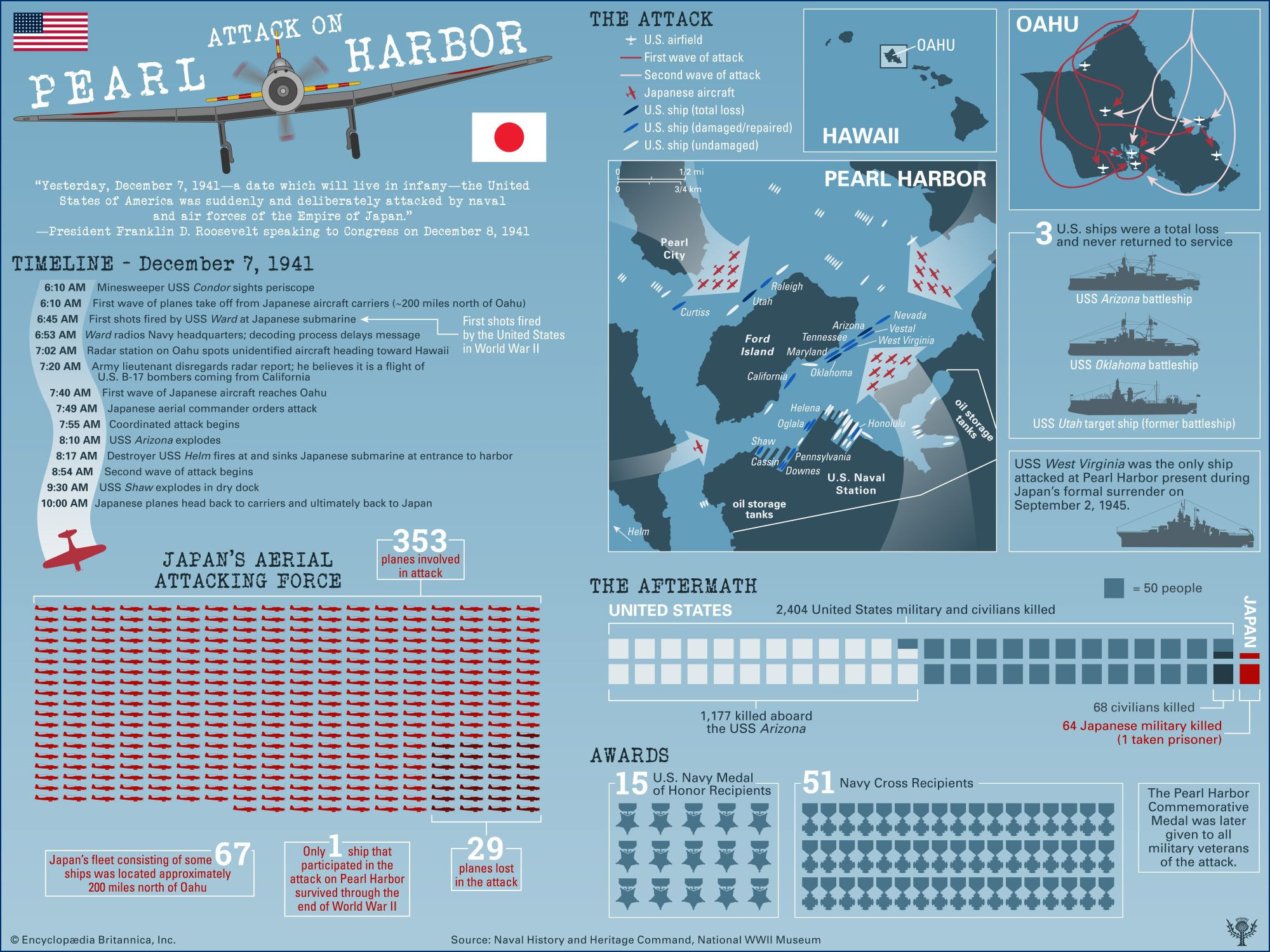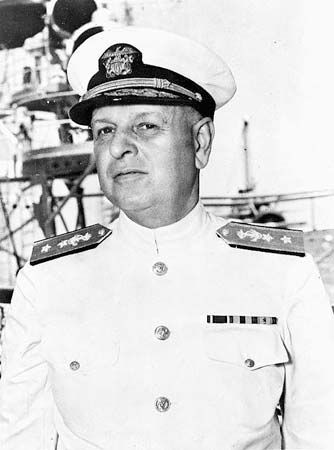The name Pearl Harbor resonates deeply in the annals of history, instantly evoking images of a surprise attack, naval warfare, and the event that propelled the United States into World War II. But Where Did Pearl Harbor Happen? Understanding the location of this pivotal event is crucial to grasping its historical significance and lasting impact. Pearl Harbor is not just a name; it’s a real place with a rich history, situated in a strategically vital location.
Delving into Pearl Harbor’s Location: Oahu, Hawaii
Pearl Harbor is located on the island of Oahu, Hawaii. To be more precise, it’s a U.S. naval base situated near the city of Honolulu on the southern coast of Oahu. Hawaii, a chain of volcanic islands in the central Pacific Ocean, was not yet a state at the time of the attack on December 7, 1941, but a U.S. territory. Its location in the Pacific made it a crucial strategic point for the United States, and Pearl Harbor, with its deep and sheltered waters, became the home of the U.S. Pacific Fleet.
The image shows a U.S. battleship engulfed in smoke and flames during the surprise Japanese attack on Pearl Harbor, highlighting the devastating impact of the assault on the American fleet stationed in Hawaii.
The Strategic Significance of Pearl Harbor in Hawaii
The geographical context of where Pearl Harbor happened is paramount to understanding why it was targeted. Hawaii’s central Pacific location positioned Pearl Harbor as the ideal base for projecting American naval power across the vast ocean. Establishing a strong naval presence at Pearl Harbor was a key element of U.S. foreign policy in the Pacific, particularly as tensions with Japan escalated in the years leading up to World War II.
By the late 1930s, American policy in the Pacific was focused on supporting China against Japanese aggression. Japan’s expansionist ambitions in Asia and the Pacific directly clashed with U.S. interests, leading to increasing friction between the two nations. Japan’s occupation of Manchuria in 1931, and subsequent advances into China, were viewed with growing alarm by the United States. Economic sanctions and diplomatic pressure were applied by the U.S. in an attempt to curb Japanese expansionism.
As tensions mounted, the U.S. Pacific Fleet was stationed at Pearl Harbor in April 1940, a clear signal of American resolve in the Pacific. This deployment, however, also inadvertently made the fleet a concentrated target. The presence of a large number of naval vessels and aircraft at Pearl Harbor, intended as a deterrent, became a tempting and strategically important objective for the Japanese military.
Prelude to the Attack: Rising Tensions in the Pacific
The attack on Pearl Harbor was not an isolated event but the culmination of years of escalating tensions between the United States and Japan. In response to Japan’s aggressive policies in Asia, the United States took a series of economic measures designed to pressure Japan to halt its expansion. These measures included the termination of a commercial treaty in 1939 and, crucially, increasingly stringent restrictions on the export of war materials to Japan, culminating in a complete embargo on petroleum and other vital resources in July 1941.
This image illustrates the extent of Japanese territorial control in China by 1941, showcasing the regions of Manchuria, the coast, and the North China Plain under Japanese occupation, which fueled tensions with the U.S.
These economic sanctions were perceived by Japan as a direct threat to its ambitions for regional dominance. Facing resource scarcity due to the American embargo, and seeing an opportunity in the European war with Germany’s invasion of the Soviet Union, Japanese militarists, led by Prime Minister Tōjō Hideki, decided that war with the United States was unavoidable. They believed that a swift and decisive strike to neutralize the U.S. Pacific Fleet at where Pearl Harbor happened – in Hawaii – would pave the way for Japanese expansion throughout Southeast Asia and the Pacific.
The Surprise Attack: December 7, 1941, at Pearl Harbor, Oahu
Despite ongoing negotiations between the two nations, Japan secretly prepared for a surprise attack. Admiral Yamamoto Isoroku meticulously planned the assault on Pearl Harbor. The objective was to cripple the U.S. Pacific Fleet, preventing it from interfering with Japan’s planned military campaigns in Southeast Asia.
On November 26, 1941, a Japanese task force under Vice Adm. Nagumo Chuichi set sail for Hawaii. The fleet, including six aircraft carriers, approached Oahu undetected. On the morning of Sunday, December 7, 1941, just before 8:00 AM local time, the first wave of Japanese aircraft descended upon Pearl Harbor.
The attack unfolded in two main waves. The first wave targeted airfields and battleships, aiming to maximize damage to American air power and naval strength. The second wave, arriving approximately an hour later, continued the assault, focusing on cruisers and destroyers and further crippling the already damaged fleet.
This image provides a visual representation of the attack on Pearl Harbor on December 7, 1941, highlighting the timeline and key facts of the event that took place in Oahu, Hawaii.
The attack was devastatingly effective. Within just over two hours, the Japanese forces had sunk or damaged numerous battleships, cruisers, and destroyers, and destroyed over 180 aircraft. More than 2,400 American service members and civilians lost their lives in the attack at where Pearl Harbor happened, a location that was supposed to be a safe haven.
Aftermath and Legacy: Pearl Harbor’s Enduring Impact
In the immediate aftermath of the attack, the U.S. Pacific Fleet was severely weakened. However, the Japanese attack, while achieving tactical surprise, failed to destroy critical infrastructure such as fuel storage and repair facilities. Crucially, the Pacific Fleet’s aircraft carriers were at sea during the attack and escaped damage, proving to be vital assets in the subsequent Pacific War.
The attack on Pearl Harbor galvanized American public opinion and unified the nation in support of war. President Franklin D. Roosevelt famously declared December 7th, 1941, “a date which will live in infamy” and, the following day, the United States declared war on Japan, officially entering World War II. Germany and Italy, Japan’s Axis allies, declared war on the United States a few days later, broadening the conflict.
This is a portrait of Admiral Husband Edward Kimmel, who, along with General Walter C. Short, was in command at Pearl Harbor and faced scrutiny following the surprise attack.
Today, Pearl Harbor remains an active U.S. naval base, now part of Joint Base Pearl Harbor–Hickam. The USS Arizona Memorial, located at where Pearl Harbor happened, stands as a solemn tribute to the lives lost in the attack and serves as a powerful reminder of the events of December 7, 1941. It is a place of remembrance and reflection, drawing millions of visitors each year who come to understand the history and significance of where Pearl Harbor happened and its lasting impact on the world.
Conclusion: Remembering Pearl Harbor’s Location in History
Understanding where Pearl Harbor happened is more than just knowing a geographical location; it’s about understanding the strategic importance of Oahu, Hawaii, in the Pacific, the escalating tensions that led to the attack, and the profound consequences that followed. Pearl Harbor, in Oahu, Hawaii, remains a significant site, a place where history was dramatically altered, and a place that continues to shape our understanding of global events and the cost of war.




